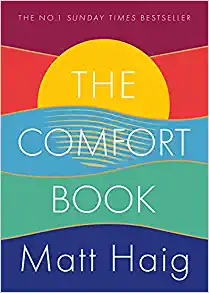Brand Names and Blog Post Titles
When naming something, it is human nature to want to describe what you are naming, entrepreneur.com states. Examples of well-known company names that describe what they do or make include International Business Machines, Minnesota Mining and Manufacturing, and Kentucky Fried Chicken.
Despite that logic, there’s no denying non-descriptive names have value. In fact, Statistica lists the leading U.S. brands for 2021, showing brand value in the millions of US. dollars for companies whose names do not allude to their products and services:
- Apple 262.38
- Amazon 254.19
- Google 191.22
- Microsoft 140.44
- Walmart 93.19
- Facebook 81.48
Those startling performance statistics for non-descriptor names notwithstanding, at Say It For You, we advise making clear in the title of each blog post – to both searchers and search engines – exactly what that post is going to be about. Here are three important reasons why:
- A blog post title in itself constitutes a set of implied promises to visitors. In essence, you’re saying, “If you click here, you will read information about…..”
- Since an important purpose of marketing blogs is attracting online shoppers, blog post titles are a crucial element in the process.
- The keyword phrases in the title are the way you “get found” by search engines; one keyword phrase is your brand name.
All that is not to say titles can’t be true to their topic and still be creative enough to entice searchers to want to read the content. You can, for example:
1. Create a title with an “agenda”, so readers have a clue as to your point of view on a topic before reading the article
2. Create an emotionally grabbing title “How Exercise Keeps You Young”
3. Create a how-to title
4. Create a “truth about” title with a hint of mystery
SEO company Yoast questions to ask in creating a brand and then executing a keyword phrase strategy:
– What does your brand stand for?
– What values does it represent?
– What’s the main message of our business?
While non-descriptive brand names such as Apple and Amazon have value in the billions, in titling blog posts, we’ve found at Say It For You, it’s best to tell ’em what you’re going to tell ’em and then – deliver!






Follow us online!